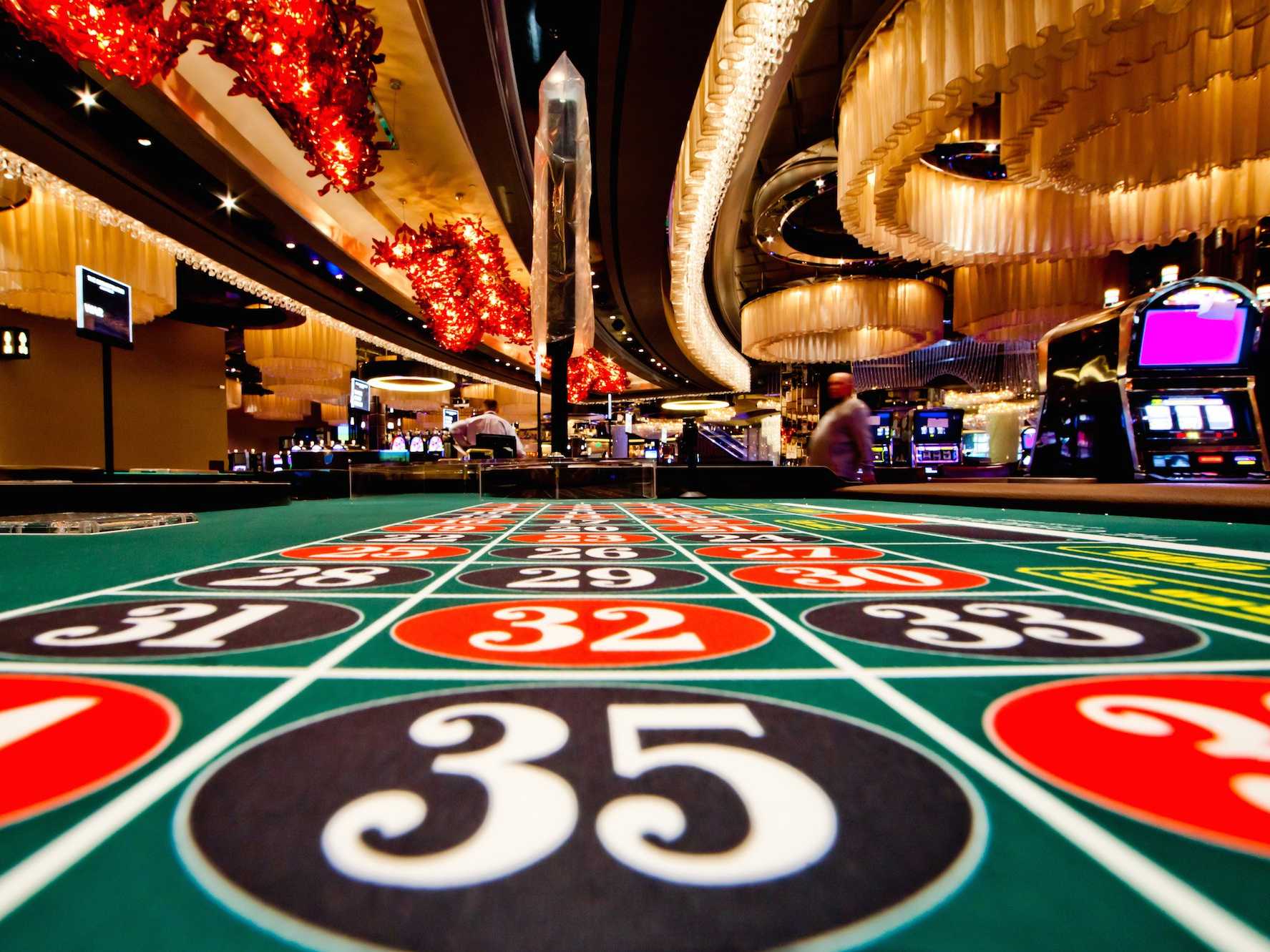
Casino experiences have long captivated people’s attention, drawing gamblers into a realm filled with luck, strategy, and the allure of excitement. Each game is painstakingly crafted not just for fun, but also to elicit targeted emotional responses that keep players immersed and interested. Understanding the drives behind these designs reveals much about how human psychology plays a vital role in the gaming experience.
From the dazzling lights and vibrant sounds to the sophisticated layering of rules and rewards, casino games are designed to create an atmosphere of thrill and eagerness. Game designers leverage behavioral strategies to influence player behavior, whether through the use of jackpots, close-call situations, or social connections. By examining these aspects, we can better appreciate how casino games fulfill not just a need for entertainment, but more profound psychological needs for thrill and hazard.
Grasping Player Behavior
Casino games are designed with a thorough comprehension of gamer psychology, which is crucial for attracting and holding players. The excitement of the game, coupled with the anticipation of winning, establishes a strong draw. Game designers utilize elements like sonic elements, vibrant graphics, and engaging gameplay to capture attention and evoke emotional responses. These sensory effects enhance the total environment, making players feel more involved in the game.
Another important aspect of player behavior is the notion of risk versus reward. Casino games often balance high-risk scenarios with the potential for substantial rewards, which can result in the phenomenon known as near-miss experience. When players come near to winning, the brain produces dopamine, reinforcing their behavior and motivating them to persist playing in pursuit of that elusive win. This cycle of anticipation and disappointment plays a crucial role in how games are constructed and advertised.
Lastly, community aspects also play a critical role in player behavior at casinos. Many games are designed to be played in teams or alongside other players, nurturing a sense of community and collective experience. The community engagement inherent in games like baccarat enhances enjoyment and can result in extended gameplay. Designers capitalize on this by crafting environments that invite players to linger, connect, and come back, making the overall casino experience more attractive.
The Role of Imagery and Sound
Imagery and audio play a crucial role in improving the player’s experience within gambling games. Designers utilize bold colors, eye-catching graphics, and captivating animations to attract gambler’s attention and sustain their interest. The use of motifs, such as exploration or luxury, helps create an immersive atmosphere that transports players into another world. By appealing to the senses, these elements contribute to a intensified emotional response, prompting players to interact more deeply with the games.
Audio design is equally important in enhancing the experience of casino games. The combination of background music, sound effects for winning combinations, and environmental noises creates an auditory landscape that keeps players enthralled. Audio cues associated with victories, such as ringing bells or celebratory music, evoke feelings of excitement and satisfaction, encouraging players to keep playing. These sound cues are strategically placed to amplify the thrill of the game and create a more immersive experience.
Additionally, the synchronization of imagery and sound is crucial for reinforcing the game’s overall theme and mood. Each element should coordinate harmoniously to create a cohesive experience that draws players in. The effective use of this synergy not only improves user satisfaction but also increases the chances of repeat play, as players become more engaged in the immersive world that the gambling games offer. This thoughtful combination of visuals and sound ultimately enhances player engagement and loyalty.
Reward Structures and Engagement
The creation of gambling games greatly relies on incentive systems to ensure participants involved and returning for more. These systems are rooted in behavioral theories that exploit human behavior and desire. Participants are often motivated by the excitement of success, which is reinforced by immediate responses through the game’s design. This instant gratification not just improves the overall experience but also fosters a sense of success, prompting participants to keep playing in hopes of greater gains.
Casinos utilize various incentive systems, including large payouts, bonuses, and increased rewards, to captivate players. These features create a layer of thrill that sustains interest. Additionally, the randomness of results plays a crucial role in sustaining attention. The variable reward system, where wins are unpredictable but happen often enough, maintains participants on edge and motivated to keep playing. This cycle of hope and anticipation is foundational to the effectiveness of casino games.
Furthermore, community aspects, such as competitive events and multiplayer features, boost the engagement factor by leveraging the competitive nature of participants. The communal aspect of playing with others can intensify the excitement of success and create a sense of community within the gaming space. By combining these community elements with efficient incentive structures, gambling experiences don’t just provide fun but also foster a deeper bond among players, reinforcing their loyalty to the gaming experience.
MCW77